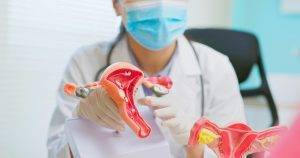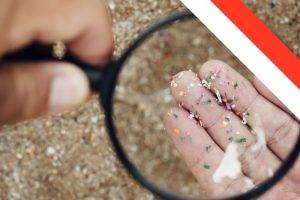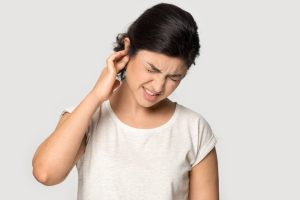Hypogonadism, a condition that often flies under the radar, affects a significant number of people in Asia. It occurs when the body fails to produce enough sex hormones, leading to a variety of health issues.
This article will provide an overview of hypogonadism, its causes, symptoms, and the available treatment options.
The Hormonal Balance: A Delicate Dance
Sex hormones, including testosterone in men and oestrogen in women, play crucial roles in sexual development, fertility, and overall health. When the body produces insufficient amounts of these hormones, hypogonadism occurs, resulting in a range of physical and emotional symptoms.
Primary and Secondary Hypogonadism: A Dual Classification
Hypogonadism is classified into two types:
- Primary Hypogonadism: This occurs when the testes or ovaries are unable to produce enough sex hormones due to an issue within these organs themselves. Common causes include Klinefelter syndrome, Turner syndrome, and physical injuries.
- Secondary Hypogonadism: This type results from issues with the pituitary gland or hypothalamus, which control hormone production. Causes can include tumours, certain medications, and excessive stress.
Symptoms: The Many Faces of Hypogonadism
Hypogonadism manifests differently in men and women. In men, symptoms may include:
- Reduced libido
- Erectile dysfunction
- Decreased muscle mass
- Fatigue
- Infertility
In women, symptoms may include:
- Irregular or absent menstrual periods
- Infertility
- Hot flushes
- Vaginal dryness
- Decreased libido
Diagnosis: Identifying the Hormonal Imbalance
To diagnose hypogonadism, doctors often conduct blood tests to measure hormone levels, particularly testosterone in men and oestrogen in women. Additional tests may be performed to identify the underlying cause, such as genetic testing or imaging studies.
Treatment Options: Restoring Hormonal Harmony
Treatment for hypogonadism typically focuses on hormone replacement therapy (HRT), which aims to restore normal hormone levels and alleviate symptoms. In men, HRT may involve testosterone injections, gels, or patches. In women, oestrogen and progesterone therapy may be prescribed, often in the form of pills, patches, or creams.
Hypogonadism in Asia: A Rising Concern
Hypogonadism is becoming an increasing concern in Asia, particularly among ageing populations. A study published in the Asian Journal of Andrology (2016) found that approximately 30% of men aged 40-79 in Asia were affected by hypogonadism. Factors such as obesity, chronic illness, and environmental factors may contribute to this trend.
Prevention and Lifestyle Factors: Keys to Hormonal Health
While some causes of hypogonadism are genetic and unavoidable, certain lifestyle factors can reduce the risk of developing the condition. Maintaining a healthy weight, managing stress, and avoiding exposure to endocrine-disrupting chemicals can all contribute to better hormonal health.
Conclusion: Shining a Light on This Condition
Hypogonadism, a hormonal imbalance with potentially significant health consequences, is a growing concern in Asia. Early diagnosis and appropriate treatment can help individuals with the condition lead healthier, more fulfilling lives. By raising awareness and promoting preventative measures, we can strive to address this often overlooked condition and improve overall hormonal health in the region.














